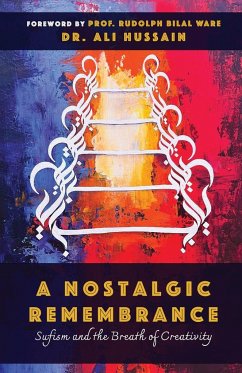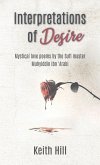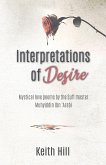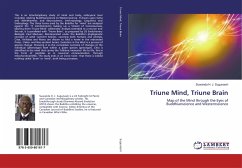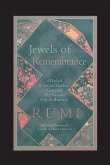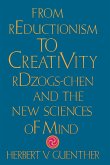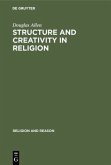This book is a journey into the metaphysics of the creative process through the teachings of the Sufi sage Ibn al-¿Arabi and other mystics. This project unfolds through the life experiences and expertise of the author and two central visions of the creative process: to make connections where none seem possible or exist. This is the first definition while the second is to translate the ineffable into the tangible. This book also proceeds with the deep conviction that the mystical experience is identical to the creative process. It is divided into two sections, each exactly five chapters. The first part focuses on metaphysical foundations that apply to all crafts. Chapter one, "Following the Traces: On Storytelling", discusses the importance of narrative weaving as a sacred craft for humanity, with immense consequences on the wellbeing of the individual and society. Chapter two, "The Hidden Treasure: On the Creative Process", takes a journey through an athar (narration) central in Sufism where God describes the process of creation as a hidden treasure unfolding, from initial love to expansive knowledge. The creative process appears a five-stage journey that parallels the phases of divine creation and also mirrors an outline of the five levels of being. Chapter three, "Al-Haqiqa al-Muhammadiyya: On Artist as Art", posits the primordial light of the prophet Muhammad as the ethereal matter of creative inspiration, the creative process itself, artist and art, all at once. It also discusses the sage-artist as an instance and mirror of al-insan al-kamil al-tamm (the perfect and complete human). Chapter four, "The In-Between: On Imagination and Paradox", ventures into the most significant contributions of Ibn al-¿Arabi, one that is also central to the creative process, on the contours of human and divine imagination, as well as the intimate paradox and perplexity that is inherent in creativity and art. "Shari¿a of the Craft: On the Path to Haqiqa", the last chapter in part one, tries to outline a way for mastering crafts through the lens of Sufism, specifically the three stages of shari¿a (law/rules), tariqa (path), and haqiqa (reality). Part two focuses on different genres of art, beginning with chapter five, "Memories in Ink: On the Written Arts" that looks at translation as an art form. Meanwhile, chapter six, "The Dye of God: On the Visual Arts", looks at the crafts of painting, sculpture, and architecture as windows into the act of reading not only the body, grammar or prose of art, but more importantly its spirit and poetry. Chapter seven, "The Sawt Sarmad: On the Auditory Arts", envisions a musical instrument as a wooden sage that tries to teach the musician the importance of annihilation and being an empty channel. Chapter eight, "The Reel of Reality: On the Moving Arts", looks at theater and film as a sacred synthesis of the written, visual, and auditory arts. Chapter nine, "Märifa and ¿Urf: On Society and Mythology", expands the conversation from the creativity of the individual to that of society and community. The final concluding chapter offers some final remarks on what this book tries to accomplish and setting the frontier for further conversations.
Hinweis: Dieser Artikel kann nur an eine deutsche Lieferadresse ausgeliefert werden.
Hinweis: Dieser Artikel kann nur an eine deutsche Lieferadresse ausgeliefert werden.

